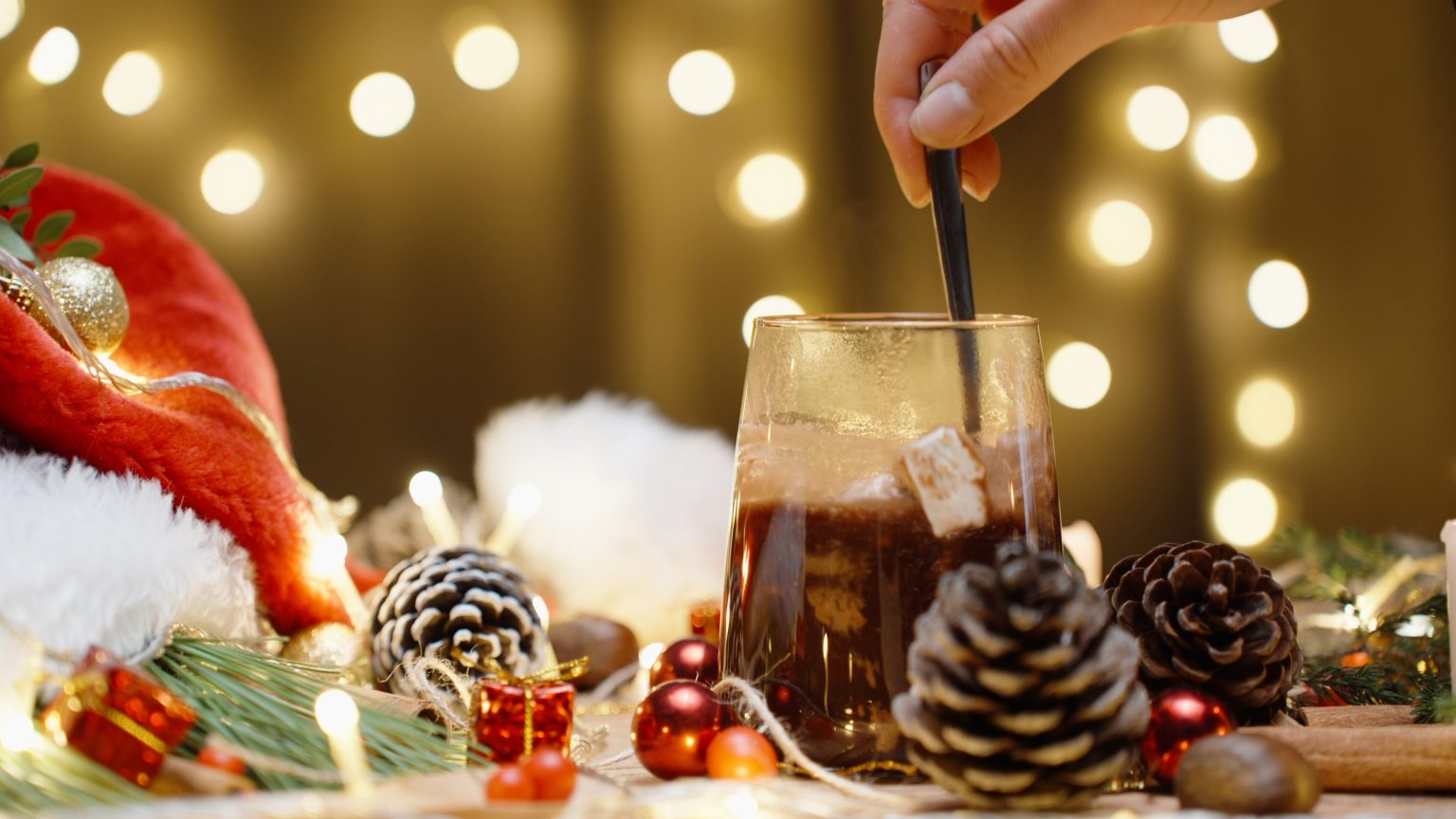As we look forward to 2025, food and beverage experts are predicting some fascinating trends that will shape the culinary landscape. One trend that is expected to gain momentum is fusion cuisine, where chefs will blend different culinary traditions and ingredients to create innovative dishes. Additionally, the use of flowers and mushrooms in meals is expected to become more prevalent, adding unique flavors and textures to dishes. In the beverage arena, there will be an increased demand for cocoa-infused drinks, offering consumers a gourmet and intensive experience.
When it comes to cocoa, hot chocolate is no longer just a simple beverage enjoyed during cozy nights by the fire. Consumers are now seeking more gourmet and intense variations of hot cocoa, with sweet and savory infusions, as well as plant-based options becoming more popular. The use of fresh cocoa in desserts and coffee is also on the rise, replacing artificial chocolate flavors with rich and sweet natural ingredients. This shift towards authentic cocoa products is changing the way people enjoy their favorite sweet treats.
Another trend that is gaining traction in the culinary world is the use of edible flowers in both beverages and dishes. Mixologists are incorporating flowers into cocktails to add brilliant colors and delicate flavors, while chefs are using flowers to enhance the taste and appearance of salads and other dishes. The Gen Z population, in particular, is gravitating towards flowers such as hibiscus, lavender, and cherry blossoms, which are being featured in hot and cold beverages on menus across the country.
Guinness beer is also experiencing a resurgence in popularity, especially among younger drinkers. The Irish beer has successfully targeted the Gen Z demographic through innovative marketing strategies, such as the “Split The G” challenge, which went viral on social media platforms. By engaging with younger consumers through social media campaigns and celebrity endorsements, Guinness has managed to strike a balance between modern appeal and its rich historical roots. This successful branding strategy has helped Guinness maintain its relevance and appeal to a new generation of beer drinkers.
As the food and beverage landscape continues to evolve, restaurants are adapting to meet consumer preferences and demands. There is a growing interest in unique and authentic ingredients, such as fresh cocoa and edible flowers, which are adding depth and flavor to dishes and beverages. By staying ahead of emerging trends and embracing innovation, food establishments are able to attract and retain customers who are looking for new and exciting culinary experiences. Whether it’s fusion cuisine, cocoa-infused drinks, or edible flowers, the future of food and drink in 2025 promises to be a vibrant and dynamic journey for both consumers and industry professionals.













